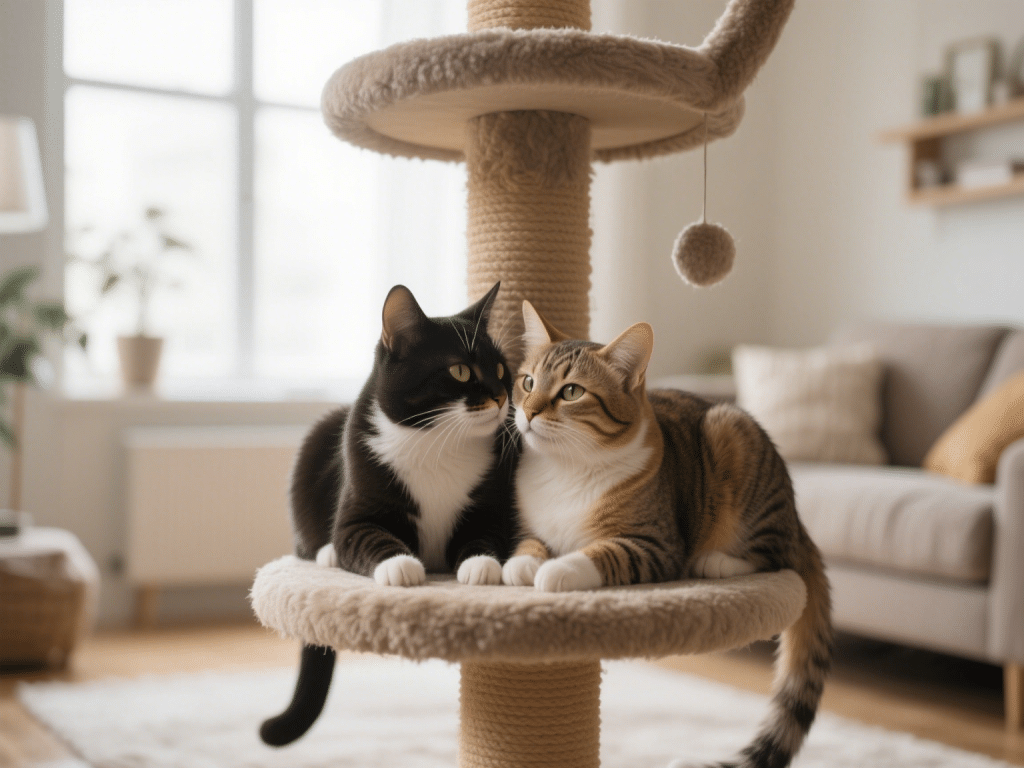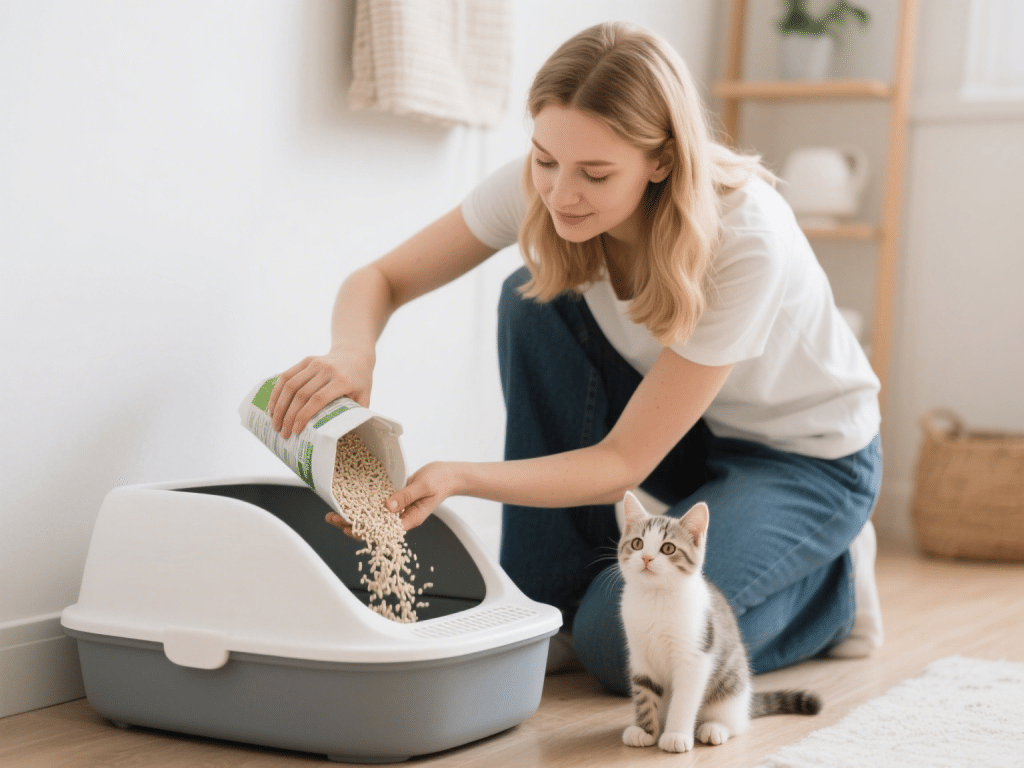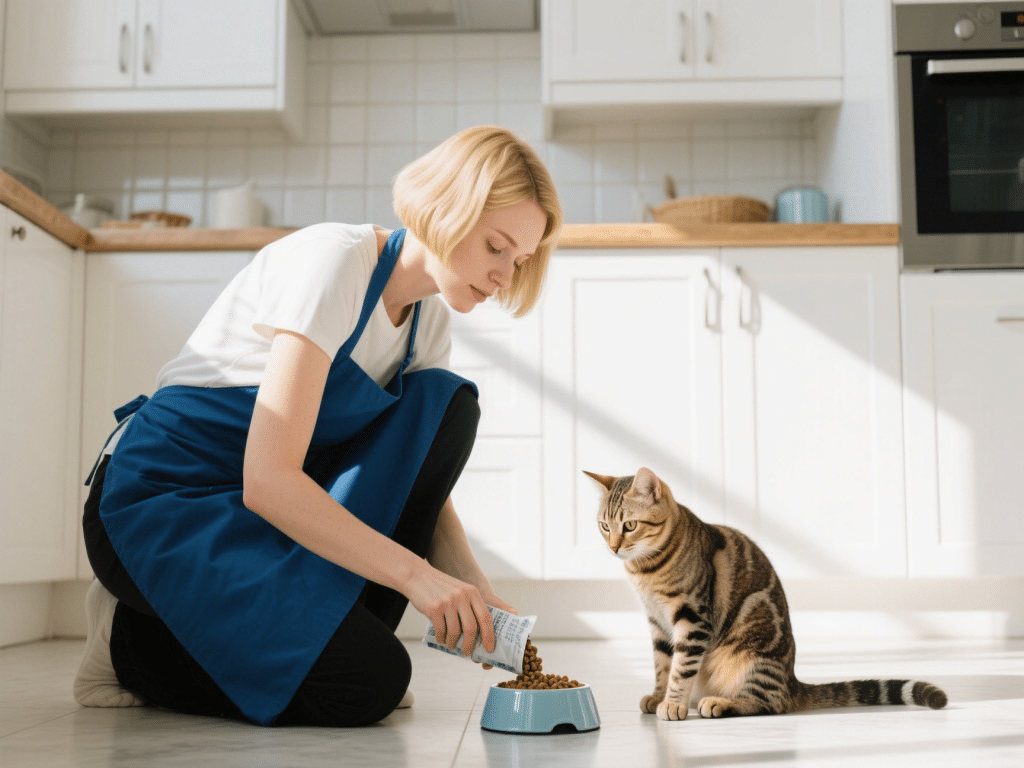
Calming Techniques for Nervous Rabbits: From Handling to Habitat
In my decade of rabbit rescue and fostering, I’ve met countless shy or fearful bunnies w...

Running a multi‑cat household can deliver double the affection—but also double the potential for squabbles. As a shelter volunteer coordinator for 9 years and certified cat behaviorist, I’ve overseen hundreds of introductions, transforming hostile encounters into peaceful coexistence. Here are experience‑tested strategies to alleviate rivalry, define territory, and cultivate feline camaraderie.
Scent Swapping: Rub a soft cloth on each cat’s cheeks and place it in the other’s territory. Rotate daily to build familiarity.
Separate Safe Rooms: Initially house the newcomer in a dedicated room with food, water, bed, and litter box—allow visual but not physical contact.
Baby‑Gate Meetups: Permit safe, barrier‑mediated interaction sessions of 5–10 minutes. Watch for relaxed postures; end on a positive note.
Feeding Adjacent Plates: Position food bowls on opposite sides of a closed door so cats associate each other’s scent with mealtime pleasure.
Multiple Essentials: One litter box per cat plus one extra; duplicate scratching posts, beds, and feeding stations to reduce competition.
Vertical Refuge: Install cat trees and wall shelves—vertical real estate lets lower‑rank cats escape tension below.
Parallel Play: Engage both cats simultaneously with dual wand toys or synchronized treat puzzles.
Synchronized Petting: Stroke both cats in your lap or alongside you to reinforce group bonding.
Body Language Cues: Hissing, flattened ears, or tail‑lashing signal distress—distract with toys and separate for a calm‑down period.
Re‑Introduction Protocol: If tensions spike, revert to scent exchange and visual contact before re‑attempting direct interactions.
“Patience is paramount—rushing introductions can entrench fear or aggression,” advises certified behaviorist Dr. Mateo Alvarez. “Small, consistent positive experiences build trust over weeks.”
By respecting territorial needs, providing ample resources, and orchestrating positive shared experiences, you’ll transform a multi‑cat house into a harmonious home where each feline feels secure and valued.

In my decade of rabbit rescue and fostering, I’ve met countless shy or fearful bunnies w...

Pet birds are prone to a range of diseases—from nutritional imbalances to respiratory in...

As a veteran cat care blogger and feline physiotherapy advocate, I’ve worked with dozens...

IntroductionCats with sensitive paws or respiratory issues require gentle, low-dust litter...

IntroductionHeatstroke in dogs and cats is a life-threatening condition occurring when bod...

IntroductionA balanced feeding schedule is one of the most critical components of adult ca...
Comments on "Multi‑Cat Harmony: Strategies to Reduce Conflict and Foster Peace" :